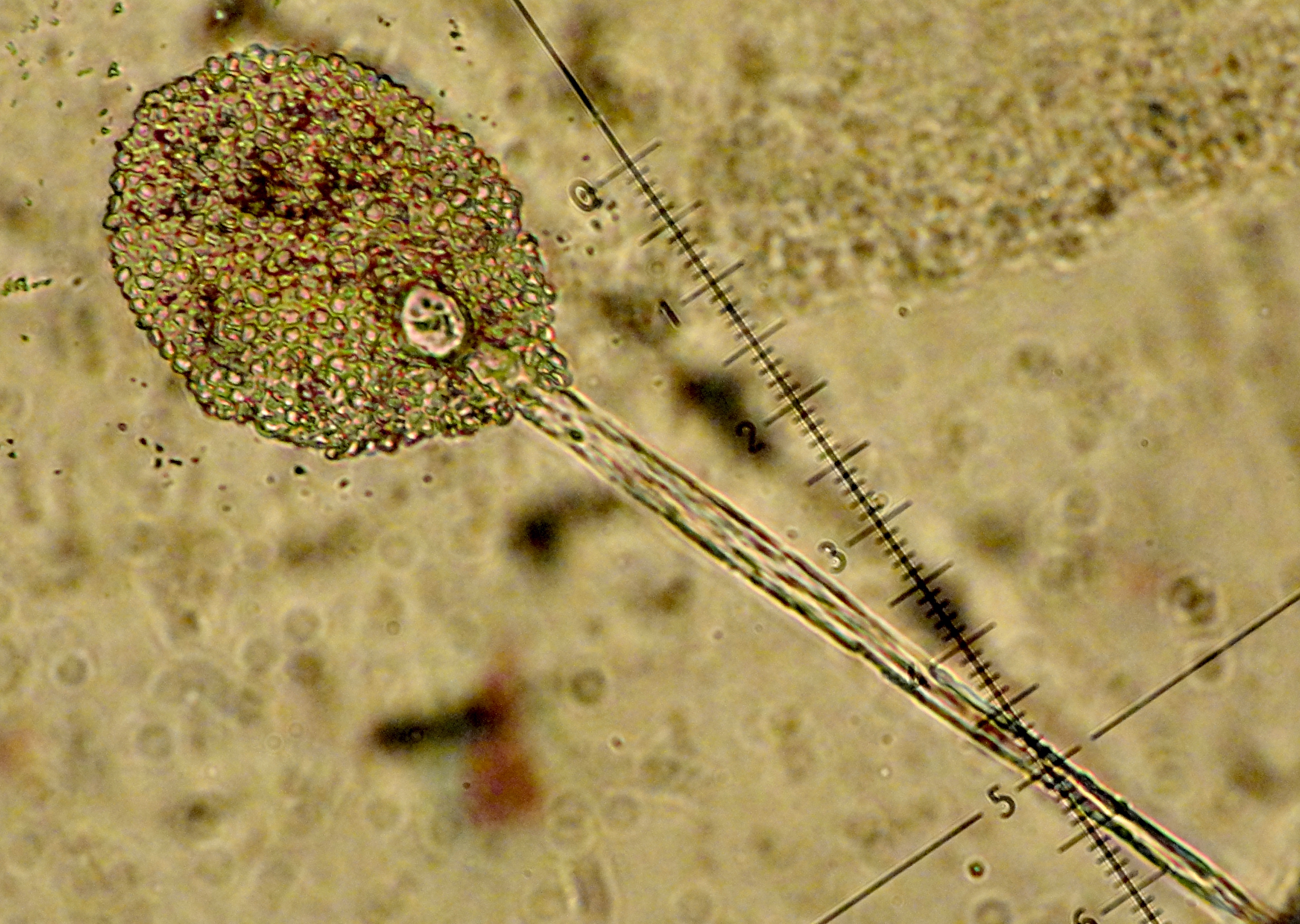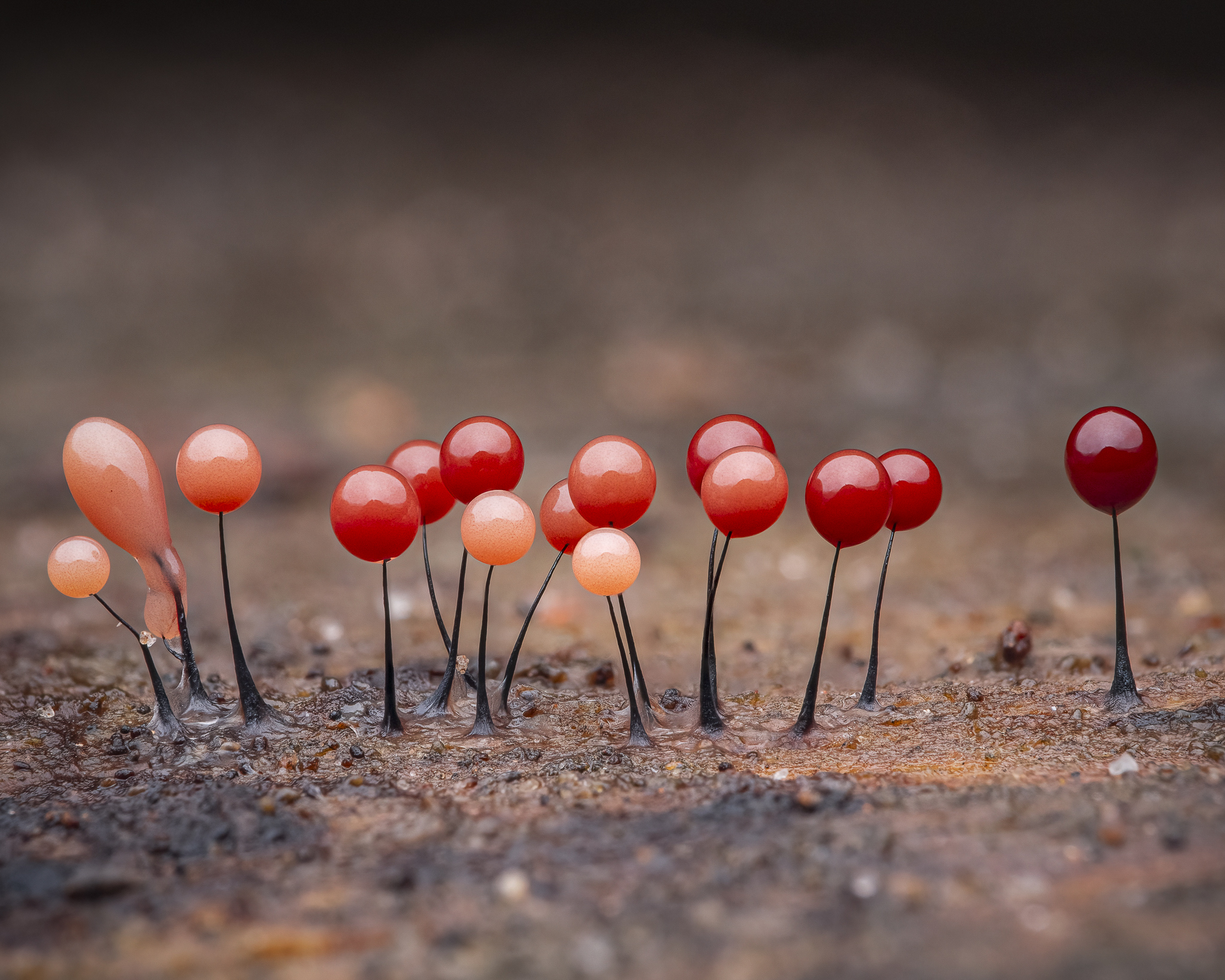|
Cryptogam
A cryptogam (scientific name ''Cryptogamae'') is a plant, in the broad sense of the word, or a plant-like organism that share similar characteristics, such as being multicellular, photosynthetic, and primarily immobile, that reproduces via spores rather than through flowers or seeds. This broader definition can include algae, fungi, and certain bacteria (like cyanobacteria), even though they may belong to different biological kingdoms. Taxonomy The name ''Cryptogamae'' () means "hidden reproduction", meaning non-seed bearing plants. Other names, such as "thallophytes", "lower plants", and "spore plants" have occasionally been used. As a group, Cryptogamae are paired with the Phanerogamae or Spermatophyta, the seed plants. At one time, the cryptogams were formally recognised as a group within the plant kingdom. In his system for classification of all known plants and animals, Carl Linnaeus (1707–1778) divided the plant kingdom into 24 classes, one of which was the ... [...More Info...] [...Related Items...] OR: [Wikipedia] [Google] [Baidu] |
Seed Plant
A seed plant or spermatophyte (; New Latin ''spermat-'' and Greek ' (phytón), plant), also known as a phanerogam (taxon Phanerogamae) or a phaenogam (taxon Phaenogamae), is any plant that produces seeds. It is a category of embryophyte (i.e. land plant) that includes most of the familiar land plants, including the flowering plants and the gymnosperms, but not ferns, mosses, or algae. The term ''phanerogam'' or ''phanerogamae'' is derived from the Greek (), meaning "visible", in contrast to the term "cryptogam" or " cryptogamae" (, and (), 'to marry'). These terms distinguish those plants with hidden sexual organs (cryptogamae) from those with visible ones (phanerogamae). Description The extant spermatophytes form five divisions, the first four of which are classified as gymnosperms, plants that have unenclosed, "naked seeds": * Cycadophyta, the cycads, a subtropical and tropical group of plants, * Ginkgophyta, which includes a single living species of tree in the genus '' ... [...More Info...] [...Related Items...] OR: [Wikipedia] [Google] [Baidu] |
Algae
Algae ( , ; : alga ) is an informal term for any organisms of a large and diverse group of photosynthesis, photosynthetic organisms that are not plants, and includes species from multiple distinct clades. Such organisms range from unicellular microalgae, such as cyanobacteria, ''Chlorella'', and diatoms, to multicellular macroalgae such as kelp or brown algae which may grow up to in length. Most algae are aquatic organisms and lack many of the distinct cell and tissue types, such as stomata, xylem, and phloem that are found in embryophyte, land plants. The largest and most complex marine algae are called seaweeds. In contrast, the most complex freshwater forms are the Charophyta, a Division (taxonomy), division of green algae which includes, for example, ''Spirogyra'' and stoneworts. Algae that are carried passively by water are plankton, specifically phytoplankton. Algae constitute a Polyphyly, polyphyletic group because they do not include a common ancestor, and although Eu ... [...More Info...] [...Related Items...] OR: [Wikipedia] [Google] [Baidu] |
Bryophyte
Bryophytes () are a group of embryophyte, land plants (embryophytes), sometimes treated as a taxonomic Division (taxonomy), division referred to as Bryophyta ''Sensu#Common qualifiers, sensu lato'', that contains three groups of non-vascular plant, non-vascular land plants: the Marchantiophyta, liverworts, hornworts, and mosses. In the Sensu#Common qualifiers, strict sense, the division Bryophyta consists of the mosses only. Bryophytes are characteristically limited in size and prefer moist habitats although some species can survive in drier environments. The bryophytes consist of about 20,000 plant species. Bryophytes produce enclosed reproductive structures (gametangia and sporangia), but they do not produce flowers or seeds. They reproduce sexually by spores and asexually by fragmentation or the production of Gemma (botany), gemmae. Though bryophytes were considered a paraphyletic group in recent years, almost all of the most recent phylogenetics, phylogenetic evidence support ... [...More Info...] [...Related Items...] OR: [Wikipedia] [Google] [Baidu] |
Pteridophyte
A pteridophyte is a vascular plant (with xylem and phloem) that reproduces by means of spores. Because pteridophytes produce neither flowers nor seeds, they are sometimes referred to as " cryptogams", meaning that their means of reproduction is hidden. They are also the ancestors of the plants we see today. Ferns, horsetails (often treated as ferns), and lycophytes ( clubmosses, spikemosses, and quillworts) are all pteridophytes. However, they do not form a monophyletic group because ferns (and horsetails) are more closely related to seed plants than to lycophytes. "Pteridophyta" is thus no longer a widely accepted taxon, but the term ''pteridophyte'' remains in common parlance, as do ''pteridology'' and ''pteridologist'' as a science and its practitioner, for example by the International Association of Pteridologists and the Pteridophyte Phylogeny Group. Etymology The name ''Pteridophyte'' is a Neo-Latin compound word created by English speakers around 1880. It is for ... [...More Info...] [...Related Items...] OR: [Wikipedia] [Google] [Baidu] |
Lower Plants
Non-vascular plants are plants without a vascular system consisting of xylem and phloem. Instead, they may possess simpler tissues that have specialized functions for the internal transport of water. Non-vascular plants include two distantly related groups: * Bryophytes, an informal group that taxonomists treat as three separate land-plant divisions, namely: Bryophyta (mosses), Marchantiophyta (liverworts), and Anthocerotophyta (hornworts). In all bryophytes, the primary plants are the haploid gametophytes, with the only diploid portion being the attached sporophyte, consisting of a stalk and sporangium. Because these plants lack lignified water-conducting tissues, they cannot become as tall as most vascular plants. * Algae, especially green algae. The algae consist of several unrelated groups. Only the groups included in the Viridiplantae are still considered relatives of land plants. These groups are sometimes called "lower plants", referring to their status as the earliest ... [...More Info...] [...Related Items...] OR: [Wikipedia] [Google] [Baidu] |
Spore
In biology, a spore is a unit of sexual reproduction, sexual (in fungi) or asexual reproduction that may be adapted for biological dispersal, dispersal and for survival, often for extended periods of time, in unfavourable conditions. Spores form part of the Biological life cycle, life cycles of many plants, algae, fungus, fungi and protozoa. They were thought to have appeared as early as the mid-late Ordovician period as an adaptation of early land plants. Bacterial spores are not part of a sexual cycle, but are resistant structures used for survival under unfavourable conditions. Myxozoan spores release amoeboid infectious germs ("amoebulae") into their hosts for parasitic infection, but also reproduce within the hosts through the pairing of two nuclei within the plasmodium, which develops from the amoebula. In plants, spores are usually haploid and unicellular and are produced by meiosis in the sporangium of a diploid sporophyte. In some rare cases, a diploid spore is also p ... [...More Info...] [...Related Items...] OR: [Wikipedia] [Google] [Baidu] |
Royal Botanic Garden, Edinburgh
The Royal Botanic Garden Edinburgh (RBGE) is a scientific centre for the study of plants, their diversity and conservation, as well as a popular tourist attraction. Founded in 1670 as a physic garden to grow medicinal plants, today it occupies four sites across Scotland—Edinburgh, Dawyck, Logan and Benmore—each with its own specialist collection. The RBGE's living collection consists of more than 13,302 plant species (34,422 accessions),Rae D. et al. (2012) Catalogue of Plants 2012. Royal Botanic Garden Edinburgh. whilst the herbarium contains in excess of 3 million preserved specimens. The Royal Botanic Garden Edinburgh is an executive non-departmental public body of the Scottish Government. The Edinburgh site is the main garden and the headquarters of the public body, which is led by Regius Keeper Simon Milne. History The Edinburgh botanic garden was founded in 1670 at St. Anne's Yard, near Holyrood Palace, by Robert Sibbald and Andrew Balfour. It is the ... [...More Info...] [...Related Items...] OR: [Wikipedia] [Google] [Baidu] |
Fern
The ferns (Polypodiopsida or Polypodiophyta) are a group of vascular plants (plants with xylem and phloem) that reproduce via spores and have neither seeds nor flowers. They differ from mosses by being vascular, i.e., having specialized tissues that conduct water and nutrients, and in having life cycles in which the branched sporophyte is the dominant phase. Ferns have complex leaf, leaves called megaphylls that are more complex than the microphylls of clubmosses. Most ferns are leptosporangiate ferns. They produce coiled Fiddlehead fern, fiddleheads that uncoil and expand into fronds. The group includes about 10,560 known extant species. Ferns are defined here in the broad sense, being all of the Polypodiopsida, comprising both the leptosporangiate (Polypodiidae (plant), Polypodiidae) and eusporangiate ferns, the latter group including horsetails, Psilotaceae, whisk ferns, marattioid ferns, and ophioglossoid ferns. The fern crown group, consisting of the leptosporangiates and ... [...More Info...] [...Related Items...] OR: [Wikipedia] [Google] [Baidu] |
Slime Mold
Slime mold or slime mould is an informal name given to a polyphyletic assemblage of unrelated eukaryotic organisms in the Stramenopiles, Rhizaria, Discoba, Amoebozoa and Holomycota clades. Most are near-microscopic; those in the Myxogastria form larger plasmodial slime molds visible to the naked eye. The slime mold life cycle includes a free-living single-celled stage and the formation of spores. Spores are often produced in macroscopic multicellular or multinucleate fruiting bodies that may be formed through aggregation or fusion; aggregation is driven by chemical signals called acrasins. Slime molds contribute to the decomposition of dead vegetation; some are parasitic. Most slime molds are terrestrial and free-living, typically in damp shady habitats such as in or on the surface of rotting wood. Some myxogastrians and protostelians are aquatic or semi-aquatic. The phytomyxea are parasitic, living inside their plant hosts. Geographically, slime molds are cosmopo ... [...More Info...] [...Related Items...] OR: [Wikipedia] [Google] [Baidu] |
Cyanophyta
Cyanobacteria ( ) are a group of autotrophic gram-negative bacteria that can obtain biological energy via oxygenic photosynthesis. The name "cyanobacteria" () refers to their bluish green (cyan) color, which forms the basis of cyanobacteria's informal common name, blue-green algae. Cyanobacteria are probably the most numerous taxon to have ever existed on Earth and the first organisms known to have produced oxygen, having appeared in the middle Archean eon and apparently originated in a freshwater or terrestrial environment. Their photopigments can absorb the red- and blue-spectrum frequencies of sunlight (thus reflecting a greenish color) to split water molecules into hydrogen ions and oxygen. The hydrogen ions are used to react with carbon dioxide to produce complex organic compounds such as carbohydrates (a process known as carbon fixation), and the oxygen is released as a byproduct. By continuously producing and releasing oxygen over billions of years, cyanobacteria ar ... [...More Info...] [...Related Items...] OR: [Wikipedia] [Google] [Baidu] |
McGraw-Hill
McGraw Hill is an American education science company that provides educational content, software, and services for students and educators across various levels—from K-12 to higher education and professional settings. They produce textbooks, digital learning tools, and adaptive technology to enhance learning experiences and outcomes. It is one of the "big three" educational publishers along with Houghton Mifflin Harcourt and Pearson Education. McGraw Hill also publishes reference and trade publications for the medical, business, and engineering professions. Formerly a division of The McGraw Hill Companies (later renamed McGraw Hill Financial, now S&P Global), McGraw Hill Education was divested and acquired by Apollo Global Management in March 2013 for $2.4 billion in cash. McGraw Hill was sold in 2021 to Platinum Equity for $4.5 billion. History McGraw Hill was founded in 1888, when James H. McGraw, co-founder of McGraw Hill, purchased the ''American Journal of Railway ... [...More Info...] [...Related Items...] OR: [Wikipedia] [Google] [Baidu] |







